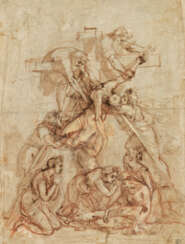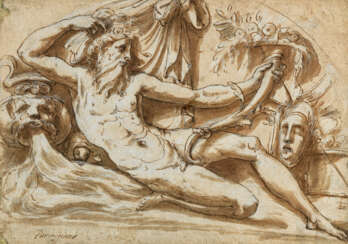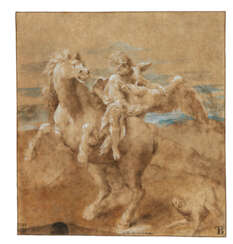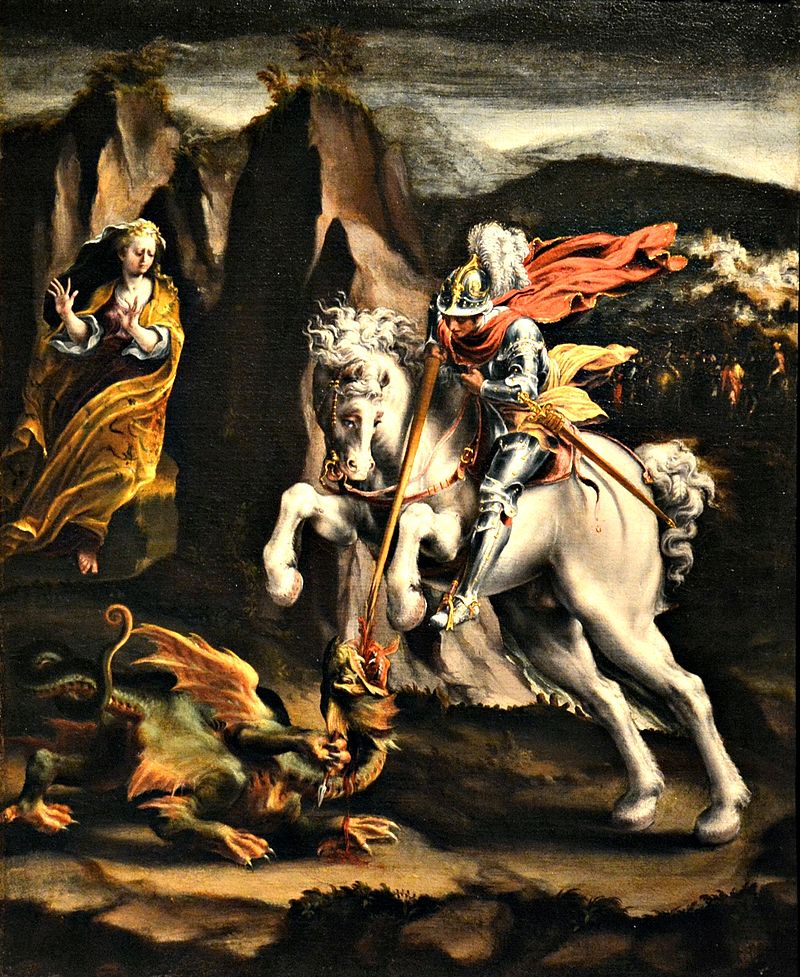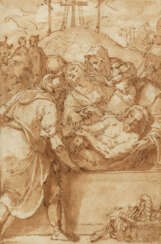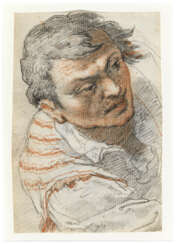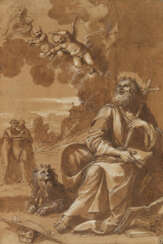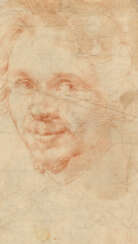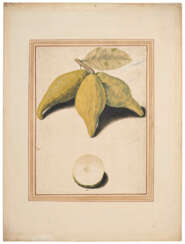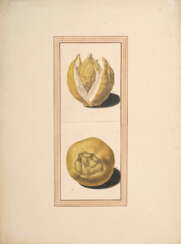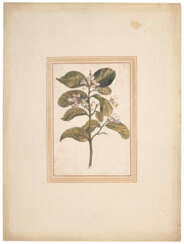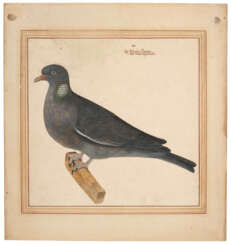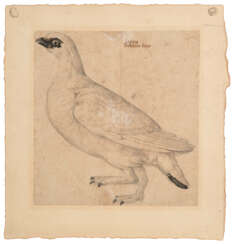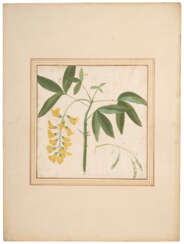
Old Master and British Drawings and Watercolours
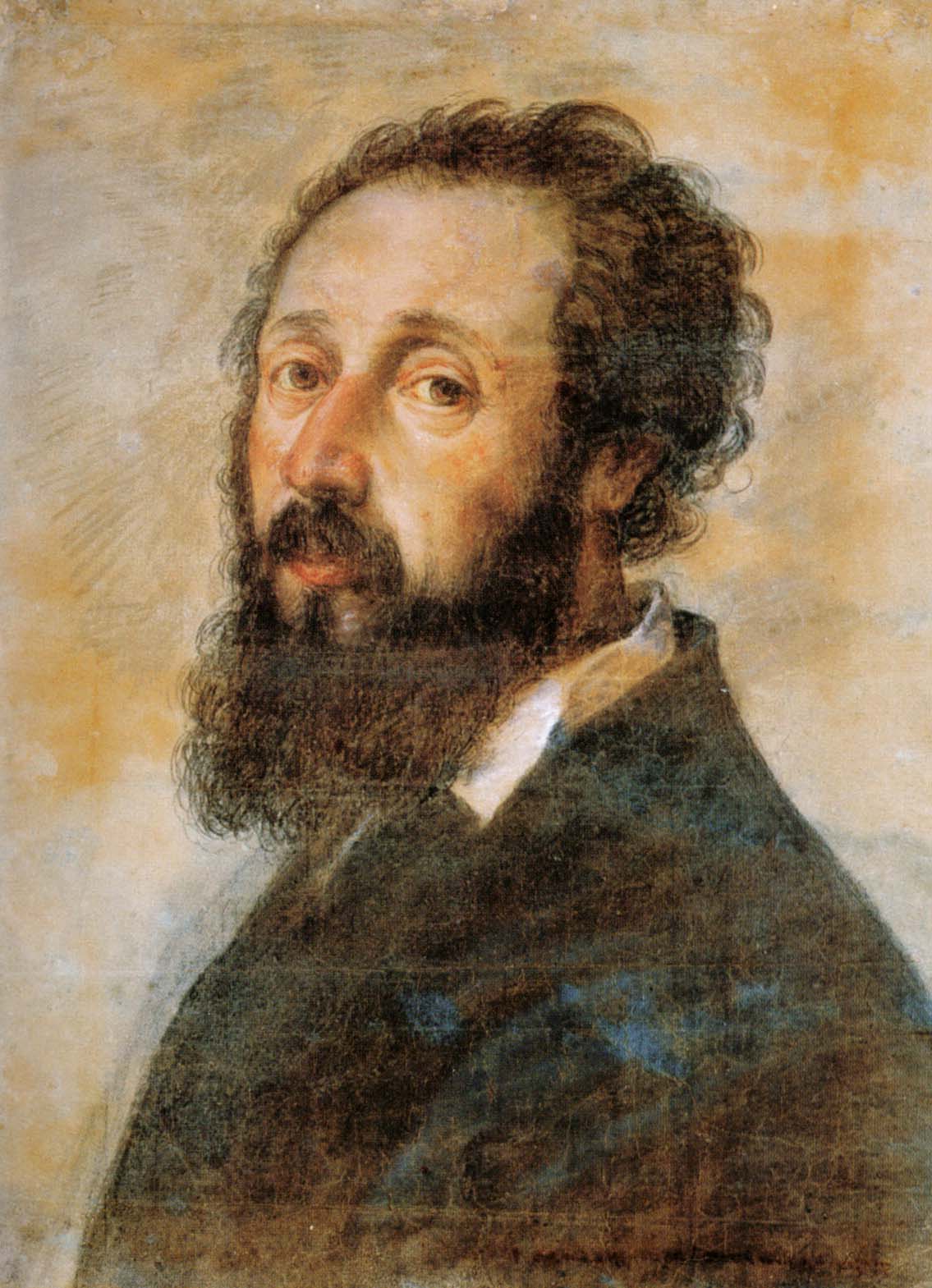
Giulio Romano, an Italian prodigy in painting and architecture, is celebrated for his dynamic contributions to the Renaissance and Mannerist styles. A pivotal figure in the late Renaissance, Giulio Romano was not only Raphael's principal pupil but also a trusted assistant, inheriting his master's workshop upon his death in 1520.
Giulio Romano's artistic journey began under Raphael's tutelage, where he honed his skills in both painting and architecture. His work vividly reflects the essence of the High Renaissance yet also signals the advent of Mannerism, a style characterized by elongated forms and exaggerated emotions. Notably, Romano's architectural prowess was largely self-taught, developed while assisting Raphael, who was the papal architect during that time.
The Palazzo del Te in Mantua stands as a testament to Giulio Romano's architectural genius. This pleasure palace, begun around 1524 and completed a decade later, showcases his inventive spirit and skill. It's a striking example of how Romano played with classical conventions to create something uniquely expressive. His ability to transform spaces was not just limited to grand structures but also extended to designing gardens and facades, enhancing their aesthetics and functionality.
In painting, Giulio Romano's works such as the Stoning of St. Stephen in Santo Stefano, Genoa, and the Adoration of the Magi in the Louvre, demonstrate his mastery and influence. His fresco "Fire in the Borgo" in the Raphael Rooms of the Vatican City is particularly noteworthy. Romano's drawings and designs, revered for their technical skill and creativity, significantly influenced subsequent artists, including Nicolas Poussin.
For art collectors and experts, the works of Giulio Romano present a fascinating blend of Renaissance classicism and the burgeoning Mannerist style. His contributions in both painting and architecture have left an indelible mark on the history of art and culture.
For those interested in staying updated on sales and auction events related to Giulio Romano, consider signing up for updates. This subscription is strictly for alerts on new product sales and auction events relevant to Romano's works. Avoid missing out on acquiring a piece of this Renaissance master's legacy.
.jpg)
Perino del Vaga (nickname of Piero Bonaccorsi) was an Italian painter and draughtsman of the Late Renaissance/Mannerism.
Del Vaga's style was renowned for his vitality and elegance. His paintings are considered important in the mediation between the Roman Raphaelesque tradition and the first Florentine Mannerism. He combined the manners of Raphael and Andrea del Sarto. Many of his works were engraved, even in his own lifetime. Daniele da Volterra, Girolamo Siciolante da Sermoneta, Luzio Romano and Marcello Venusti were among his principal assistants.
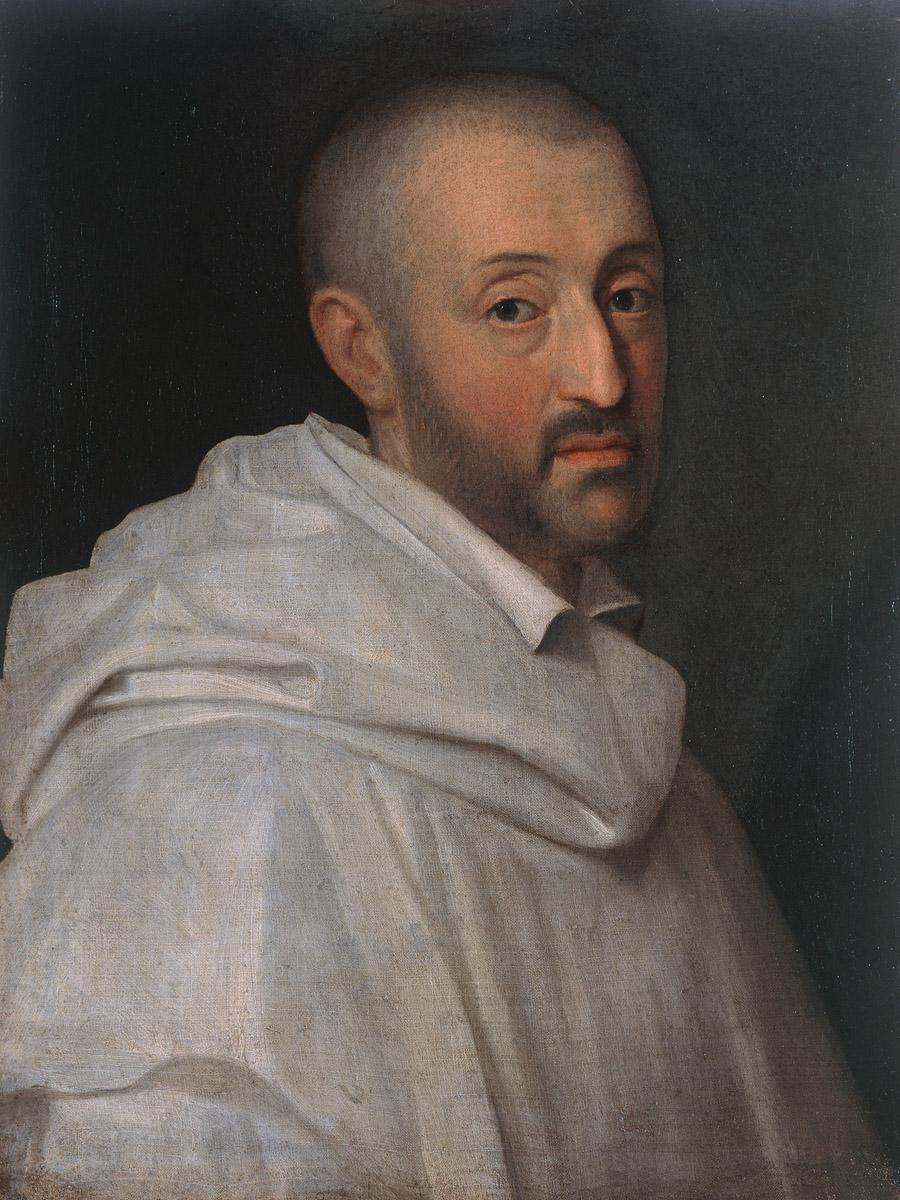
Bartolomeo Cesi was an Italian painter and draftsman of the Bolognese School. He made easel paintings as well as frescoes. He is known mainly for his religious paintings but he also painted portraits and mythological scenes.
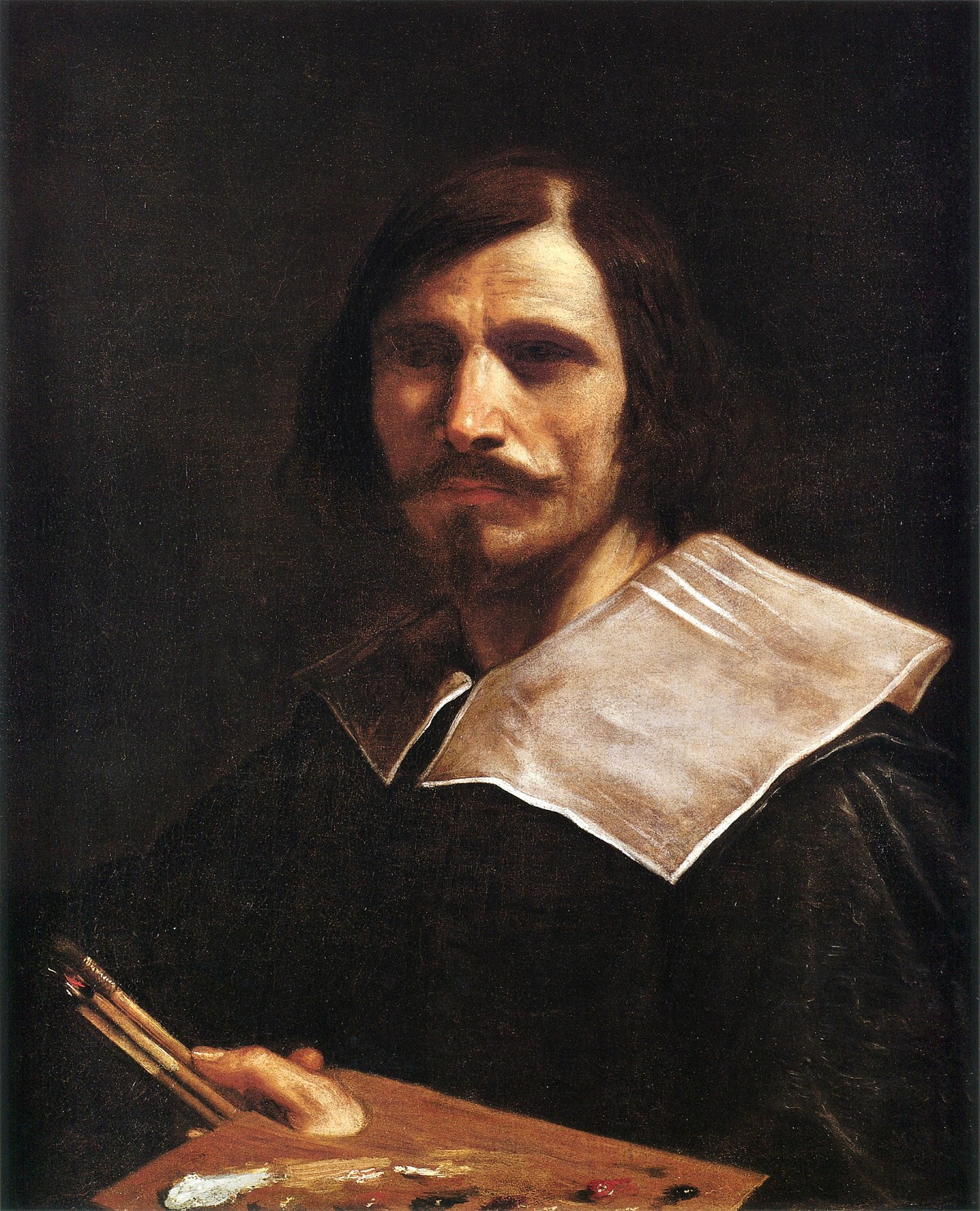
Giovanni Francesco Barbieri, better known as Guercino, was an Italian Baroque painter and draftsman from Cento in the Emilia region, who was active in Rome and Bologna. The vigorous naturalism of his early manner contrasts with the classical equilibrium of his later works. His many drawings are noted for their luminosity and lively style.
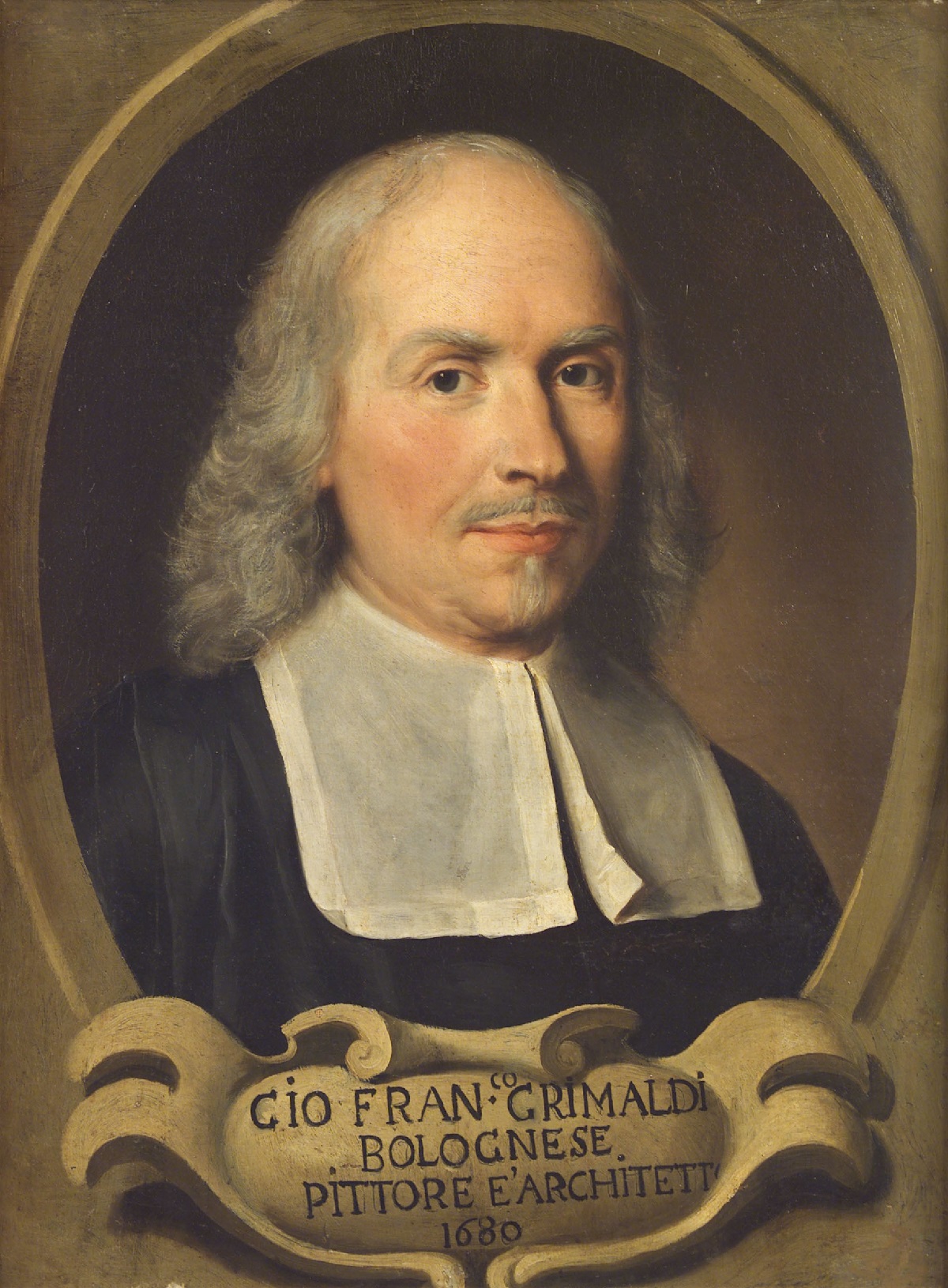
Giovanni Francesco Grimaldi was an Italian painter, draughtsman, printmaker and architect. He was an accomplished fresco painter of classical landscapes which were popular with leading Roman families.


